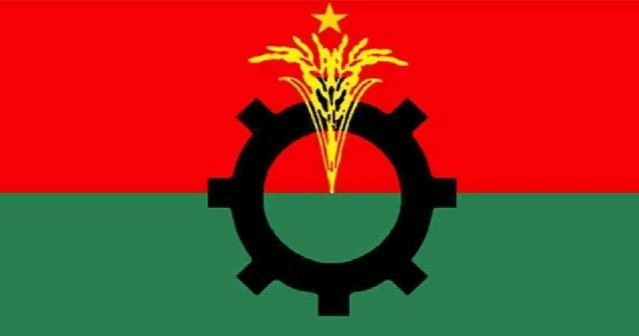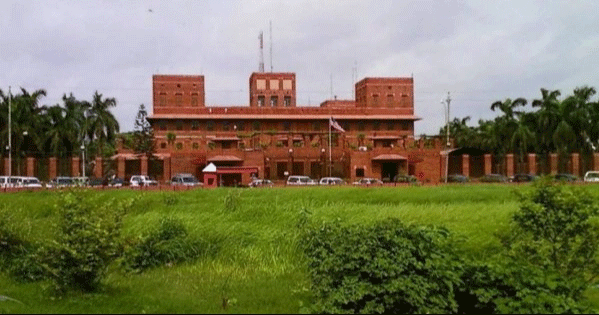Poverty level was higher than govt estimates: WB
Zarif Mahmud: The Bangladesh Bureau of Statistics (BBS) calculated the average poverty rate in the country at 31.5 percent in 2010. After six years in 2016, it came down to 24.3 percent. However, the World Bank believes that the level of poverty in the country was higher in those two years than the official data. According to a recent review by the agency, the difference between the actual poverty rate and the BBS data in the country in 2010 was between 5.5 and 5.8 percentage points. At that time the average poverty rate in the country was 21 percent higher than the BBS data. And in 2016, the gap between the actual and the Bureau’s data was between 1.7 percentage points and 2.3 percentage points. The average poverty rate was 19 percent higher than published data.
The World Bank provided technical assistance in data collection and analysis of BBS Household Income-Expenditure-2022 survey to determine the poverty rate.
The agency released a report this month re-examining previous poverty rates based on 2022 data. This review of the World Bank came out in the publication entitled ‘Reconstructing 2010-2022 Poverty and Inequality Trends in Bangladesh’.
Regarding this review, economists say that the poverty situation in the country is deeper and wider than the data of BBS. This information has been discussed and criticized by economists at various times. The World Bank review provided an additional informative basis there.
In this regard, BBS-affiliates say that this may be due to changes in the methodology of poverty measurement. Policymakers say mass surveys can be prone to statistical inaccuracies. And the difference between the BBS and World Bank data is within the standard deviation standard generally accepted in statistical practice.
The report was prepared by three World Bank economists. Their explanation about the report was not available as none of them have returned home after the Eid holiday. The report also highlights the category-wise poverty rates for 2010 and 2016. There is also a change in the average poverty rate.
The statement of BBS was sought in this regard. Director of National Accounting Wing of BBS (Acting) Rafiqul Islam told, “I have heard about the publication of such a report by the World Bank. But the report was not read. So, it will not be right to comment on this matter.
He advised to talk to the project stakeholders of Khana Income-Expenditure Survey about the matter. Khana Income-Expenditure Project Director Mohiuddin Ahmed was not available for comments.
According to the World Bank report, the poverty rate has been shown to decrease in the past 2010 and 2016, but the extreme poverty rate has been shown to be higher. The extreme poverty rate was 6 percent lower in both periods than the official estimate.
Former Chief Economist of Bangladesh Office of the World Bank Zahid Hossain told, “The calculation has changed due to the application of the new method of measuring poverty.” It does not change reality. However, in the case of poverty rate calculation, such a difference is now seen due to the application of ‘best practices’. This may have been due to methodological improvements in data collection and processing. Where earlier information was taken in notebooks, now technology is being used. Better surveys may be conducted in the future due to the benefit of technology. Then the results will be more perfect.
According to BBS, the extreme poverty rate in the country was 17.6 percent in 2010. In 2016, it came down to 12.9 percent. According to the latest statistics of 2022, this rate is 5.6 percent.
Hossain Zillur Rahman, executive chairman of the Power and Participation Research Center (PPRC), believes that the non-inclusion of the city’s homeless as urban poor in the 2022 survey may play a role in this information gap. The economist, who served as an advisor to the former caretaker government, said, “In 2022, the city’s homeless were not included as urban poverty.” They confirmed this to me. As a result, urban poverty has been shown to be much lower. Because these homeless are playing one of the roles in increasing poverty in the city.
Economists say that the poverty rate should be measured in a multi-dimensional and integrated manner, not just on the basis of consumption. The time gap between two such surveys should also be minimized. In addition, the current statistical system does not provide sufficient explanation or review of the reasons for the decrease-increase in the poverty rate.
The World Bank’s report has given the country’s economists a new opportunity to discuss, citing private research institute Center for Policy Dialogue (CPD) special fellow Debapriya Bhattacharya told, ‘Earlier we used to criticize the government’s poverty calculation. Now the World Bank has provided an additional information base there. And it should be done every few years instead of five-six years. There is no explanation for the previous decline in poverty rates. It is difficult to say whether this is due to informational errors or procedural changes.
If you want to know about this, the former Minister of State for Planning Shamsul Alam told, “Data quality and procedural processes are improving. New theories are coming. So even if the poverty rate is shown to be low, it is not a fault. Because in conducting large-scale surveys, up to 5 percent error is acceptable. So even if there is a difference of 5 percentage points between the two data, it is normal. The World Bank is to be thanked for bringing this to their attention. And BBS did it in the light of their capabilities at that time. Before doing these works, BBS technical committee is formed and works. Where university professors also live. Therefore, due to errors in data collection and reporting, the results may vary. The quality of data will improve in the future.
President Joe Biden tests positive for COVID-19 while campaigning in Las Vegas, has ‘mild symptoms’
International Desk: President Joe Biden tested positive for COVID-19 while traveling Wedne…







